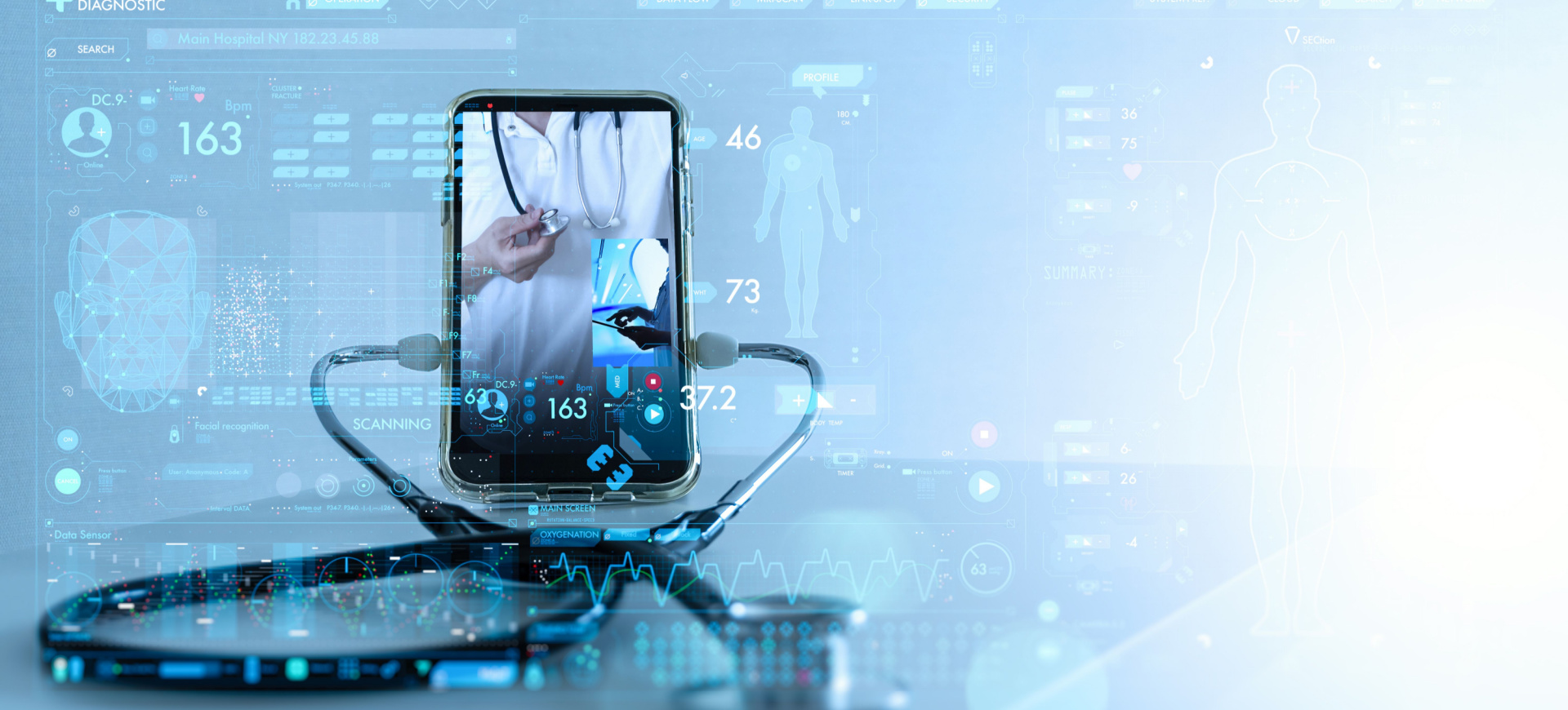PROMOTED CONTENT: BVCF: Generative AI and the impact on health equity
Generative AI-based tools could hold the key to better health care, lower costs and improved health outcomes – and with a coordinated global effort, they could help catalyse health equity in the world’s hardest-to-reach places
Many people globally have been fascinated by the possibility of generative AI. Large language models (LLM), like GPT-4, hold the promise to increase efficiency, precision and productivity across virtually all segments of society. Like many, we explored the capability of GPT-4 and mused on its feasibility in healthcare delivery in emerging markets and the potential impact on health equity. The challenges are instantly clear: the disparities in internet access within and across countries, varied levels of computer literacy among different generations and populations, and the nascent state of regulations that can facilitate AI’s deployment in high-need areas but also safeguard data privacy, information integrity, fairness and accountability. The most immediate and practical applications for generative AI also appear to be in exactly the communities where many of these challenges are discernible: rapidly ageing societies such as Japan and China, countries with vast rural populations and localities where healthcare infrastructure is not mature.
Potential generative AI applications
AI Revolution in Medicine by Peter Lee, Carey Goldberg and Isaac Kohane is a stimulating primer on GPT-4’s aptitude in health care. The authors identified numerous low-hanging fruit applications of generative AI in current healthcare delivery systems (though mostly using the US as an example) and biomedical R&D processes. Examples include the holistic analysis of a patient’s existing medical records; a virtual assistant to doctors that can provide medical references and analyses instantaneously; the automation of administrative tasks in a complicated payment environment; knowledge support for therapeutics and medical devices R&D processes; ready access to medical information in an understandable language for the general public; portable personal health data and chronic disease monitoring for patients; and mental health support for isolated elderly populations and resource-constrained communities.
Healthcare-trained LLMs
Generative AI as a technology is still in a work-in-progress phase, and a formally healthcare-trained LLM is not yet widely available. The logical expectation is that in the (near) future, there can be LLMs trained with local patient medical records, local oriented medical research papers, languages and cultural aspects. These localized health LLMs can then be the engine for scientists, researchers and medical professionals to more effectively and accurately identify local disease trends and demographic needs. Policymakers can coordinate with scientists, doctors and researchers to apply the insights gleaned to develop public health solutions that are in sync with local resources and wellness practices. Healthcare information interpreted in dialects and languages comprehensible by the public and patients will empower them to actively participate in their own health decisions.
Strengthening the public health management ecosystem
Ideally, applications based on generative AI will enable patients’ data and medical records to be easily transferred across various care settings, thereby creating a truly patient-centric health management ecosystem. The health management value chain can extend to both before (ideally) and after acute events in community clinics or at home: patients could attain earlier diagnoses at community clinics, undergo treatment and initial monitoring at hospital, and receive post-treatment prognosis and maintenance care at home or community clinics. Health management systems supported by generative AI applications provide and encourage more contact points between patients and health professionals, making health management a day-to-day event as opposed to acute events only. Continuity of care across different care settings should result in better health outcomes, more efficient allocation of healthcare resources and lower overall healthcare costs for providers.
Tap the benefits of generative AI
To get organised to effectively deploy generative AI as a healthcare tool, there are a few obvious requirements:
● Reliable internet access and network security
● Well-documented and labelled electronic medical records, or at least a system to capture case data consistently going forward while digitising existing records
● A strong community-level primary care or telemedicine network with health professionals that patients trust
Furthermore, the public needs to be guided to utilise community-level healthcare resources whenever possible and also be educated on the uses and limitations of generative AI applications in health care. Health solutions should incorporate technical accessibility of the vulnerable and elderly populations. Local data is the key for locally attuned treatment options, population health solutions and biomedical research. Policymakers need to develop regulations that protect patients’ data privacy and information integrity. However, the regulations should be balanced, ensuring they will not stifle the utilisation and mobility of health data for global biomedical R&D and development of tools that advance health equity.
Global collaboration
The accuracy of an LLM likely increases with the volume of data it is trained on. Once countries start to organise their healthcare systems towards digitalisation, available quality data will surge. Access to comprehensive global health data can provide potential insights that are non-achievable with single population data. This can guide health innovations and interventions to areas with the highest needs. Global communities should develop a regulatory framework that enables countries, organisations and individuals to share stratified data and anonymised information across borders. The World Health Organization’s collection and analysis of daily Covid-19 data from countries during the pandemic is one example of a central repository of health data. Generative AI’s potential is immense; a cohesive global coordination in health can further harness and amplify its effectiveness as a tool in promoting public health and global health equity.
A potentially positive catalyst
The need to keep healthcare costs under control is a top priority for many governments. Generative AI-based tools, community-based healthcare delivery systems and population health-focused solutions can be key to help manage costs, evaluate treatment effectiveness and improve overall health outcomes. With good policies, effective planning and active participation, in addition to a cohesive global coordination effort, generative AI can be a positive catalyst for better resource allocation into communities that are in greater need and at higher risks.












